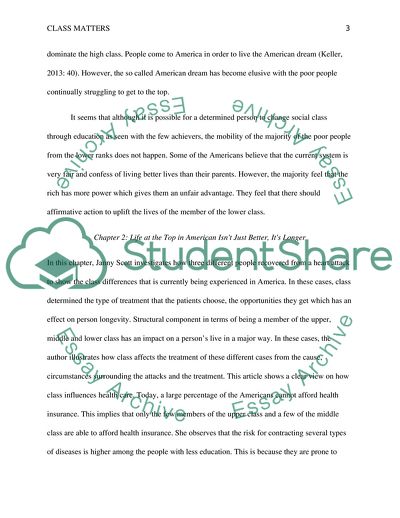Cite this document
(Social Classes in America: Class Matters by Bill Keller Book Report/Review Example | Topics and Well Written Essays - 1750 words, n.d.)
Social Classes in America: Class Matters by Bill Keller Book Report/Review Example | Topics and Well Written Essays - 1750 words. https://studentshare.org/sociology/1851880-book-class-matters
Social Classes in America: Class Matters by Bill Keller Book Report/Review Example | Topics and Well Written Essays - 1750 words. https://studentshare.org/sociology/1851880-book-class-matters
(Social Classes in America: Class Matters by Bill Keller Book Report/Review Example | Topics and Well Written Essays - 1750 Words)
Social Classes in America: Class Matters by Bill Keller Book Report/Review Example | Topics and Well Written Essays - 1750 Words. https://studentshare.org/sociology/1851880-book-class-matters.
Social Classes in America: Class Matters by Bill Keller Book Report/Review Example | Topics and Well Written Essays - 1750 Words. https://studentshare.org/sociology/1851880-book-class-matters.
“Social Classes in America: Class Matters by Bill Keller Book Report/Review Example | Topics and Well Written Essays - 1750 Words”. https://studentshare.org/sociology/1851880-book-class-matters.


